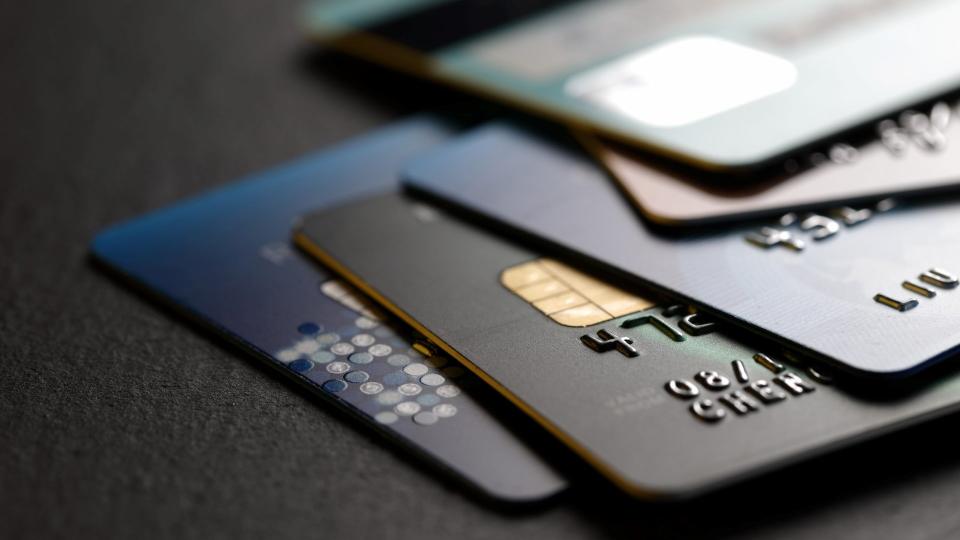What the Fed’s Major Strategic Change Means for You

At the start of the pandemic, the Federal Reserve lowered interest rates near zero in an emergency cut to help the drowning economy. Many Americans who weren?t able to take advantage of this in March may be able to now ? especially since the Fed has made the move semi-permanent.
In a bid to spur job growth and inflation ? yes, the goal is higher inflation ? interest rates will remain near zero for years to come. Persistently low inflation has slowed down the consumer economy and contributed to wage stagnation that particularly affects the lower and middle classes. The hope is that higher inflation and lower interest rates will both stimulate the job market and push consumers to take out loans on cars and houses, among other things.
See who wins and who loses under this policy.
Last updated: Oct. 30, 2020

The Fed Drives Auto Loan Rates
Auto loans are often tied to the prime rate, so anyone buying a car now may score a better deal than before the pandemic. In fact, if you did buy a car before the pandemic, you may want to look into refinancing it.
According to data from Experian, the average interest rate on new car loans in the third quarter of 2019 was 5.96%; while the average rate on used car loans was 9.57%. However, in September, buyers with excellent credit could secure a new car at 5.07% interest and a used car at 5.32%.

But It Doesn't Drive Mortgage Rates
Unfortunately, mortgage rates aren?t as affected by the Fed as auto rates are. In fact, over the last 20 years the Fed?s rate and the average 30-year fixed-rate mortgage have differed by as much as 5.25% ? and have also been only a half-percentage point apart.
However, this time around the Fed has increased its influence on mortgage rates. During the pandemic, it?s purchased billions of dollars worth of consumer mortgages to keep rates low; and it?s worked. According to The Mortgage Reports, rates have hit record lows nine separate times since March.
So, while the Fed?s decisions don?t always mean low mortgage rates, now is still a great time to invest in real estate or refinance your current mortgage.

Credit Card Rates Are Affected
Most credit cards have variable interest rates that are tied to the prime rate, or what banks charge customers with good credit. Since the prime rate is most influenced by the federal funds rate, this means that credit card rates are likely to hover on the lower end.
If you?re someone with a lot of credit card debt, this could be a golden opportunity for you to kick your payments into high gear and get rid of it. And if you don?t have any credit card debt, this could be a good time for you to shop around for the best deals on credit cards and take advantage of low rates on introductory offers.

Savings and CD Rates Will Remain Low
Unfortunately, the people who lose out on low interest rates are those who hold the majority of their assets in savings. This includes retired Americans who have less wiggle room to invest large sums of money.
Even online banks who are known for better interest rates can?t escape this change. Ally Bank?s Online Savings Account, for example, has dropped from a 1.60% APY to a 0.60% APY over the course of the pandemic.
This will likely drive many Americans to take their money out of savings accounts and invest it in higher-yield stocks.
More From GOBankingRates
This article originally appeared on GOBankingRates.com: What the Fed’s Major Strategic Change Means for You


